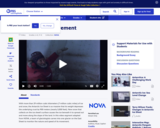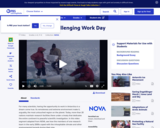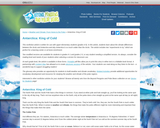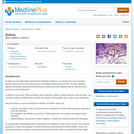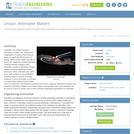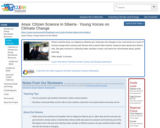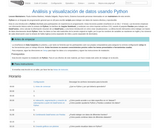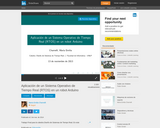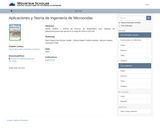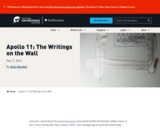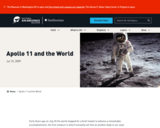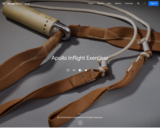
This resource is a video abstract of a research paper created by Research Square on behalf of its authors. It provides a synopsis that's easy to understand, and can be used to introduce the topics it covers to students, researchers, and the general public. The video's transcript is also provided in full, with a portion provided below for preview:
"A recent study published in Acta Neuropathologica Communications has found a potential mechanism for the initiation and development of Parkinson’s disease and it appears red blood cells may be partly to blame. Parkinson’s is a chronic and progressive neurodegenerative disorder commonly associated with tremors, muscle stiffness, and impaired movement. While these symptoms are caused by the deterioration of nerve cells in the brain, the precise cause of the disease is still not fully understood. What is known is that the development of Parkinson’s is associated with the aggregation of toxic forms of a protein named alpha-synuclein (or alpha-syn, for short) in the brain. Recent evidence, however, suggests alpha-syn found in the blood can also be problematic and this has been implicated as a contributor to brain-cell breakdown..."
The rest of the transcript, along with a link to the research itself, is available on the resource itself.
- Subject:
- Applied Science
- Health, Medicine and Nursing
- Material Type:
- Diagram/Illustration
- Reading
- Provider:
- Research Square
- Provider Set:
- Video Bytes
- Date Added:
- 09/20/2019
